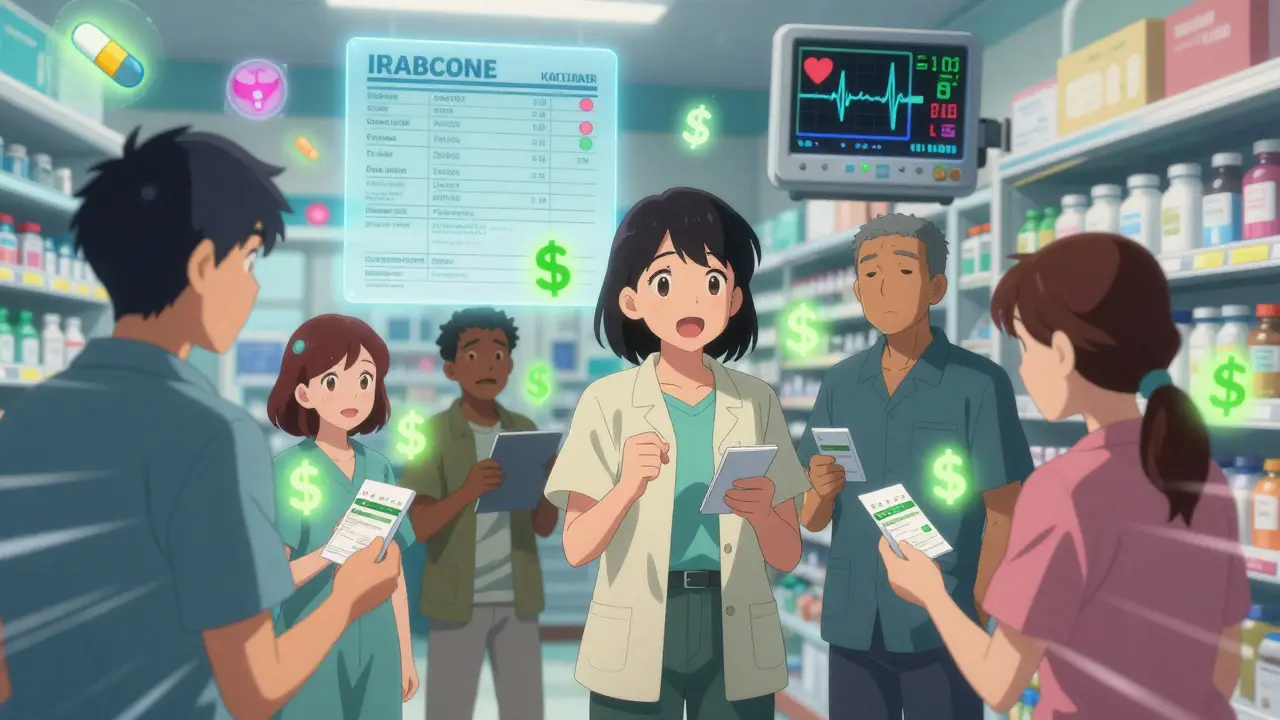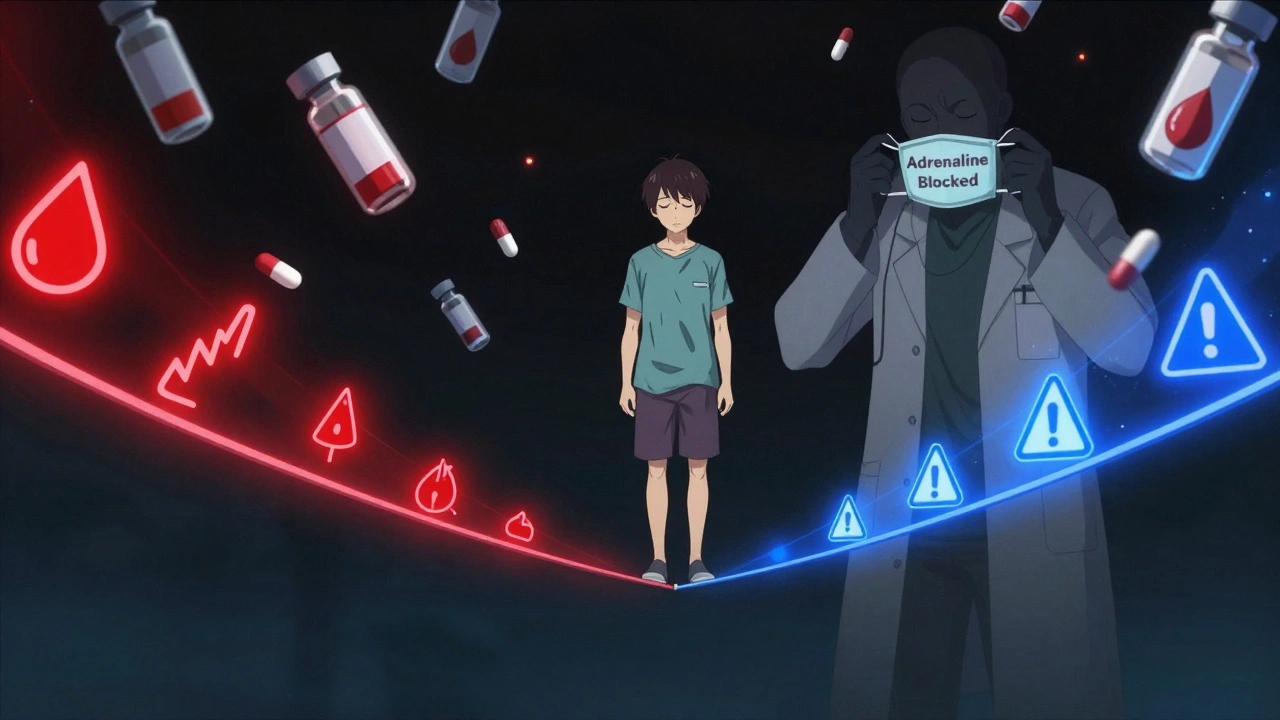Online Drug Pricing: Find the Best Prices Without Risk
You can save 50% or more on the same prescription by checking a few sites — but not all cheap options are safe. Online drug pricing can look like a maze. I’ll show practical steps to compare prices, avoid scams, and keep your health protected.
First, always check the total cost, not just the pill price. Many sites add shipping, dispensing fees, VAT, or a handling charge at checkout. Convert prices into your currency and include exchange fees. A £10 saving can disappear after conversion and shipping.
Look for generic alternatives. Generics contain the same active ingredient and often cost much less. Compare active ingredients, strength, and package size. If the brand name is $120 and the generic is $30, that’s real savings.
Verify the pharmacy before you buy. Legitimate pharmacies show a physical address, phone number, and verifiable license or seal from a national regulator. In the US check NABP/Verified Internet Pharmacy Practice Sites (VIPPS). In the UK, look for GPhC details. If the site hides contact info or offers strangely low prices, proceed with caution.
How to compare prices safely
Use a price checker or aggregator when you can. Tools that compare multiple pharmacies side-by-side save time. Filter results by total cost, shipping speed, and return policy. Read recent customer reviews, but treat reviews cautiously—some are fake.
Watch out for subscription traps. Some stores offer steep first-order discounts that switch to higher recurring prices. Always read the terms, cancellation policy, and whether refills auto-renew. For chronic meds, a steady low monthly cost beats a flashy one-time deal.
Check shipping times and packaging. Faster delivery usually costs more. Fragile items and temperature-sensitive meds require special handling. If a pharmacy can’t explain how they ship insulin or biologics, don’t risk it.
Extra tips to cut costs
Ask your prescriber about split packs or a lower dose that can be doubled. Some patients save money by splitting higher-dose pills (ask a doctor first). Use manufacturer coupons and patient assistance programs for brand-name drugs. Pharmacy loyalty programs can earn points or discounts on refills.
Consider buying in bulk if your medication is stable and prescribed long-term. A 90-day supply often reduces per-pill costs and shipping frequency. Check whether your insurance or local laws limit international shipments.
Finally, keep records. Save receipts, order confirmations, and photos of packages. If a problem occurs, clear documentation speeds refunds or complaints to regulators.
Use price-tracking tools and browser extensions to get alerts when prices drop. Call the pharmacy and ask about hidden fees before ordering. Compare unit price (price per tablet) rather than package price. If unsure, talk to your pharmacist — they can suggest cheaper generics or pharmacy programs. Keep an eye on counterfeit warnings from regulators and report suspicious sellers immediately.
If a deal seems too good to be true, it probably is. Use smart comparison, verify the pharmacy, and look beyond the sticker price. Small steps will protect your health and your wallet. A little homework saves money and avoids big health risks.
2025 MapleLeafMeds.com Review: Is This Canadian Pharmacy Actually Legit and Cheap?
Curious if MapleLeafMeds.com is legit and really offers affordable medication in 2025? This hands-on review covers credentials, pricing details, shipping policies, real user experiences, and tips for getting safe meds from Canadian pharmacies. Real facts, no sugar-coating, the kind of info you wish you’d known before placing an order.






